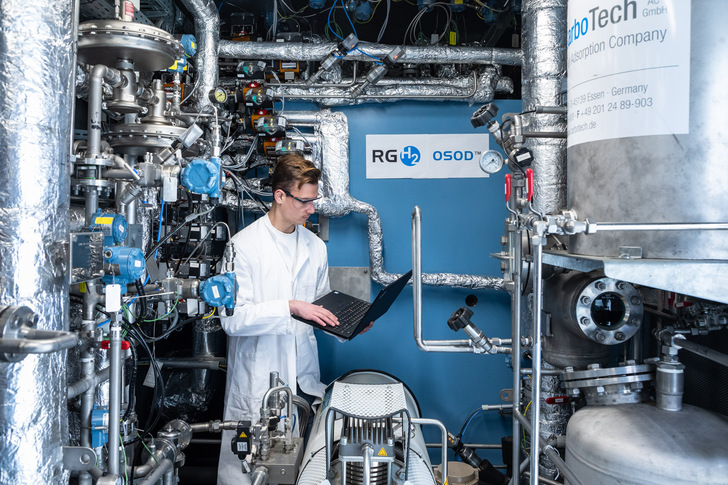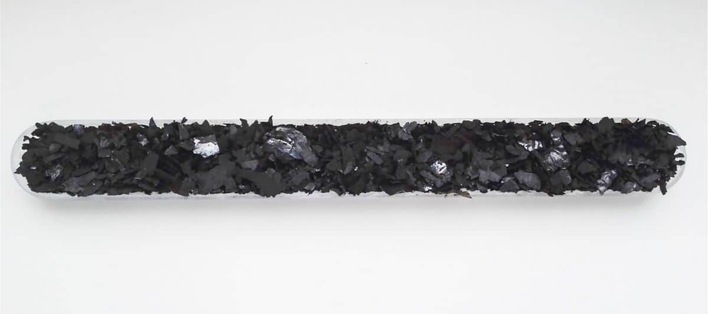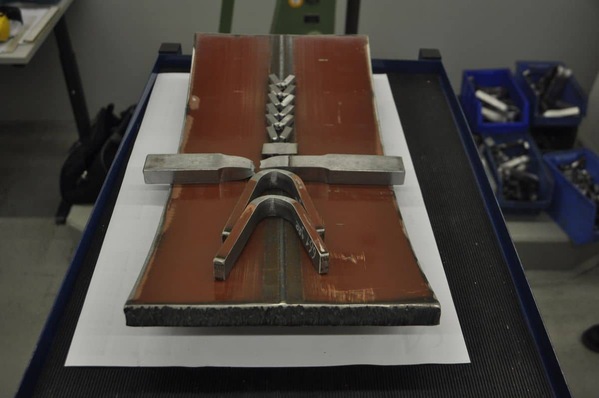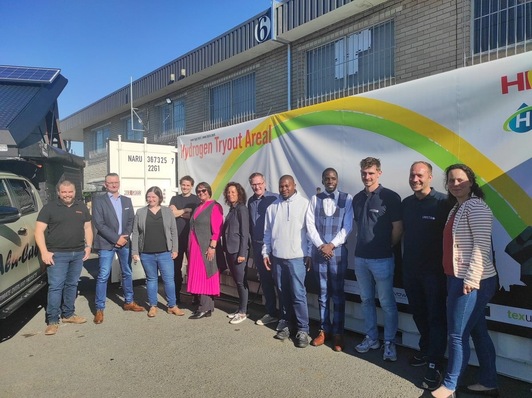Ambartec AG, based in Dresden, and Rouge H2 Engineering AG (RGH2), based in Graz, plan to work closely together in the future to further develop the Chemical Looping Hydrogen (CLH) process. This two-stage process enables the conversion of carbon-containing gases from steel production – such as blast furnace gas, coke oven gas or converter gas – into high-purity hydrogen and concentrated carbon dioxide. The partners aim to bring the process to market maturity and implement it in steel plants.
“The goal of our collaboration is to optimize the process for blast furnace gases and implement it in steel plants,” says Uwe Pahl, Chief Technology Officer at Ambartec. The resulting CO₂ can either be used as a raw material (carbon capture and utilization, CCU) or stored (carbon capture and storage, CCS). According to Pahl, a prerequisite for this green transformation of the steel industry is that the CCS Act, which is currently being revised, also permits the storage of CO₂ from the steel industry. “This gives the steel sector the opportunity to make its production more climate-friendly without having to invest heavily in converting the entire process chain. In this way, steel production in Europe remains competitive despite strict climate protection requirements.”
Iron oxide nuggets as a central element
The core of the process is the cyclic reduction and oxidation of iron oxide nuggets. In the first step, these react with CO and H2 from the steel mill gases, producing carbon dioxide and steam. In the second step, the reduced nuggets are oxidized with steam, releasing high-purity hydrogen. This hydrogen can be used for energy or as a feedstock.
“We are combining our know-how regarding the iron oxide nuggets and our experience in plant operation with the expertise of our colleagues at Rouge H2 Engineering in processing residual gases,” explains Matthias Rudloff, CEO of Ambartec.
Demonstration as part of the EU project H2Loop
The cooperation is part of the EU-funded project H2Loop. In addition to Ambartec and Rouge H2 Engineering, two companies from the steel industry are also involved. The aim is to demonstrate the process under real conditions and to design the plant technology accordingly. Rudloff emphasizes: “With their input, we will align both the process and the associated plant technology with the real conditions in the steel plant from the outset and demonstrate it at our partner’s site.”
Ambartec specializes in iron oxide-based hydrogen storage. The company has developed a storage technology based on the same redox principle, which can achieve efficiencies of over 80 percent. Rouge H2 Engineering has been developing technologies for sustainable hydrogen production and CO₂ capture since 2015. The CLH process has been tested in several containerized pilot plants.









